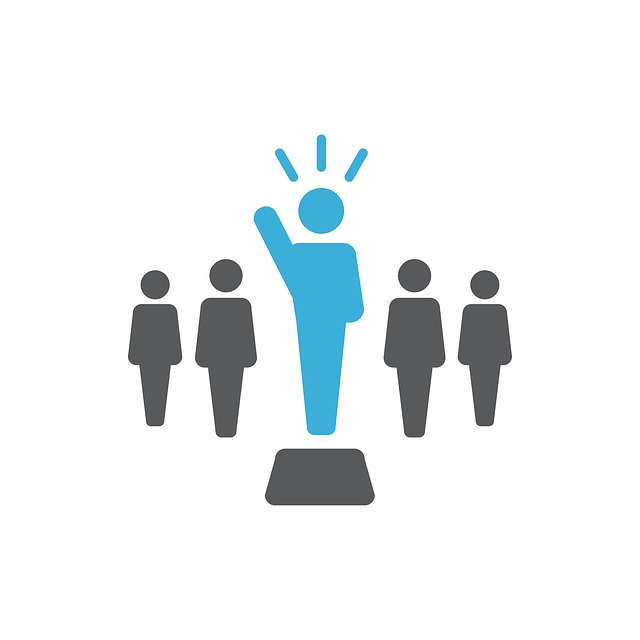Design Thinking for Startups
How Design Thinking for Startups will help innovation
The dream of any startup entrepreneur is to find innovative solutions and thus have competitive advantage.
Design thinking is about understanding the human being aka the customer. Acquiring customer is the most important activity in startups..

Design Thinking for Startups - What is Design Thinking
Design thinking can be described as
a discipline that uses the designer’s sensibility and methods to match people’s
needs with what is technologically feasible and what a viable business strategy
can convert into customer value and market opportunity. Design thinking
converts need into demand” - Tim Brown
“Design thinking is a human-centered approach to innovation that draws from the designer's toolkit to integrate the needs of people, the possibilities of technology, and the requirements for business success.” —IDEO
Design Thinking for Startups - Process
Design Thinking Process - Imagining and visualizing the future
The starting point is that one should believe that the solution is yet to be found.
The design thinking process has five stages
1. Define the problem (Usually in the form of a brief)
2. Create and consider multiple solutions (Research and Brainstorming)
3. Test and refine ideas through prototyping
4. Execution
5.. Learn
Design Thinking for Startups - Requirements
1.Creativity
2. Understanding Human Behavior
3. Analytical Skills
4. Patience
5. Facing Failure and retrying
6.Managing Teams
Design Thinking for Startups _Tips
- · Discover and understand how to apply the first few steps of the design process to your new venture
- · Improve your ability to think more like a designer (open to opportunities) rather than as a manager focused on constraints
- · Strengthen your empathy, meaning your ability to understand people and their needs better
Examples
Companies like Apple, Google and IDEO have shown the world time and time again that design thinking can lead to wonderfully innovative products and services such ast the iphone, or google earth. As we all know, design thinking is defined as a process for finding creative resolutions to problems or issues that looks to improve future results-Daniel Cooper.
Infosys is planning to train large number of employees in design thinking to make innovation all pervasive.
Design Thinking for Educators
How might we redesign our approach to curriculum development and delivery to center around the needs and desires of our teachers and students?
With a movement toward student-centered and personalized instruction, the Howard County Public School System in Maryland is using Design Thinking to tackle next generation curriculum redesign incorporating 21st Century skills. Currently, there is a disconnect between the existing paper-based curriculum and the interactive digital resources that are now available anytime, anywhere for teachers and students.
Tapping into teacher, parent, and student behaviors in and outside of school, the design team collected inspiration around the ways that people engage with information and interact with curricular materials. Understanding the desires of teachers, students, parents, and administrators has helped the team rethink curriculum delivery as well as develop resources to replace, augment, and enhance current curriculum documents.
Howard County is using design to re-conceptualize curriculum creation and delivery to meet the needs of all learners.
https://designthinkingforeducators.com/design-examples/
Design Thinking for Social Innovation
Designers have traditionally focused on enhancing the look and functionality of products. Recently, they have begun using design techniques to tackle more complex problems, such as finding ways to provide low-cost healthcare throughout the world. Businesses were the first to embrace this new approach—called design thinking—and nonprofits are beginning to adopt it too.
Design thinking incorporates constituent or consumer insights in depth and rapid prototyping, all aimed at getting beyond the assumptions that block effective solutions. Design thinking—inherently optimistic, constructive, and experiential—addresses the needs of the people who will consume a product or service and the infrastructure that enables it.
Businesses are embracing design thinking because it helps them be more innovative, better differentiate their brands, and bring their products and services to market faster. Nonprofits are beginning to use design thinking as well to develop better solutions to social problems. Design thinking crosses the traditional boundaries between public, for-profit, and nonprofit sectors. By working closely with the clients and consumers, design thinking allows high-impact solutions to bubble up from below rather than being imposed from the top.
https://ssir.org/articles/entry/design_thinking_for_social_innovation#
Benefits
When we realize that innovation is an opportunity to deliver customer-centric solutions, we develop a growth mindset that is vital for success. Frameworks, such as design thinking help us uncover hidden opportunities with new and cutting-edge products. - Kaan Turnali, SAP
Design Thinking for Startups- Recommended Books
1.Design Thinking: Integrating Innovation, Customer Experience, and Brand Value Paperback – Thomas Lockwood
Design Thinking is packed with intriguing case studies and practical advice from industry experts.
Book review
"The practical value of 'Design Thinking' for managers isn't just in its impressive breadth and scope. The design perspectives and principles it articulates are essential for organizations looking to intensify their innovations and animate their brands. Cogent, readable and usable, this book makes design investment a smart choice."—Michael Schrage, author, Serious Play; fellow, MIT Sloan School of Management
2.The Spaghetti Startup: A Tale of Startup Survival or How to Achieve Radical Growth with Systems & Design Thinking Kindle Edition- Khan Kay
The Spaghetti Startup introduces the Lasagna Framework, a new tool for 'strategic growth hacking'. Lasagna helps startups achieve ‘sustainable growth’ by properly designing their 'growth engines' based on systems and design thinking. It is also a diagnostic tool that helps resolve core problems, avoid common pitfalls and increase the viability of an innovation-driven enterprise.
Design Thinking for Startups- Conclusion

Discover your potential to be the market leaderStartups are always based on solving problems. Copy cats innovate to get an edge over their competitors. Innovation and Entrepreneurship go hand in hand. The principles of design thinking promotes creativity. Design thinking may lead to solutions hitherto unknown.
Good observation skills and understanding human traits are critical for Design Thinking.
Anyone can be in the league of Apple, Google etc. if they pursue passionately design thinking principles.
“It is mindset of combining creative and analytical thinking and applying it towards solving a specific problem”- Amir Khulla
The design thinking process is best thought of as a system of overlapping spaces rather than a sequence of orderly steps. There are three spaces to keep in mind: inspiration, ideation, and implementation. Think of inspiration as the problem or opportunity that motivates the search for solutions; ideation as the process of generating, developing, and testing ideas; and implementation as the path that leads from the project stage into people’s lives.

